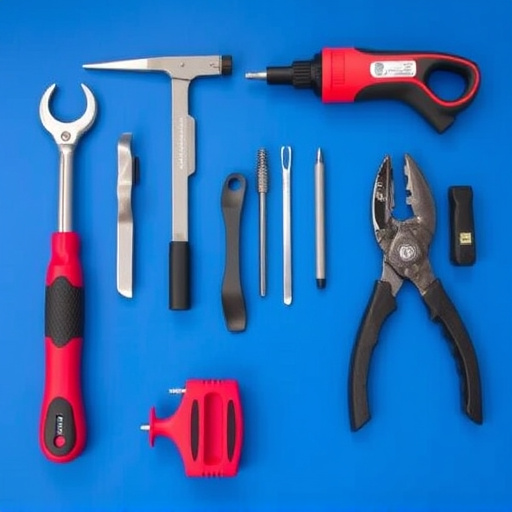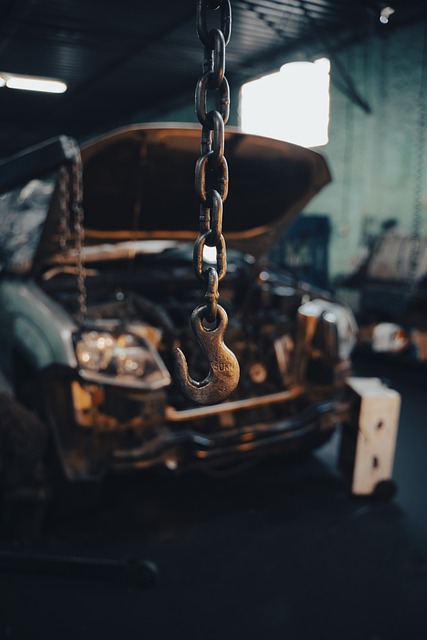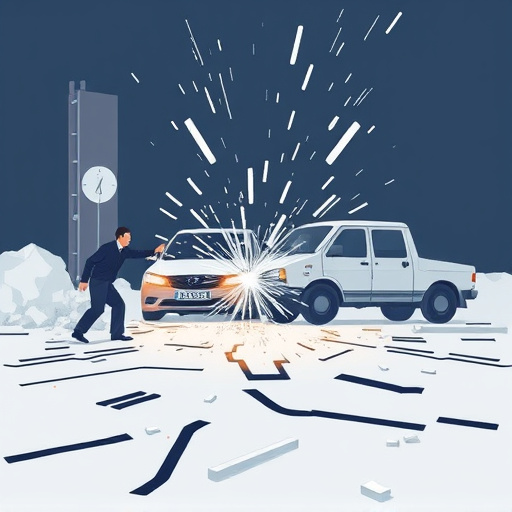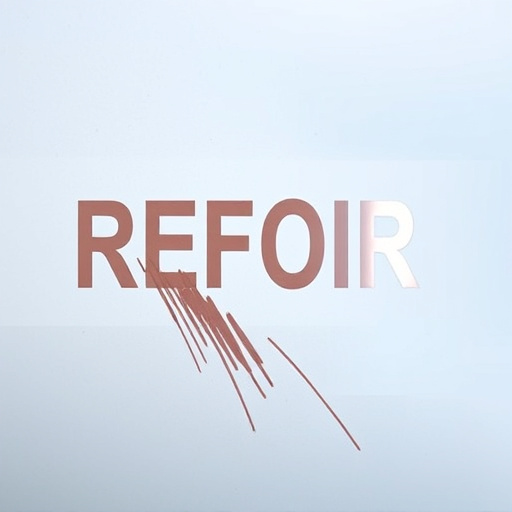Visual documentation is key in repair services, especially for car dent removal and paint jobs. A comprehensive service captures vehicle condition with clear before-and-after pictures and detailed annotations like "panel replacement." Customers gain transparency, trusting meticulous restoration visible through these images. Reviewing such documents should include checking for visible repairs, color inconsistencies, and high-quality images, ensuring accurate documentation and consistent quality.
In today’s digital age, a comprehensive repair documentation service is invaluable. Interpretating and understanding repair photo documentation images is an essential skill for anyone involved in maintenance or restoration work. This guide breaks down the process into manageable sections. We’ll explore the significance of visual documentation, learn to identify critical elements within repair photos, and discover effective strategies for extracting detailed information from these images. By mastering these skills, you’ll enhance your ability to accurately assess and communicate repairs.
- Understanding the Importance of Visual Documentation
- Deciphering Key Elements in Repair Photos
- Effective Strategies for Interpreting Image Details
Understanding the Importance of Visual Documentation

Visual documentation plays a pivotal role in the realm of repair services, especially when it comes to car dent removal and car paint services. A comprehensive repair documentation service ensures that every detail of the vehicle’s condition is accurately captured, providing a clear visual record for both the technician and the client. This practice is invaluable for several reasons.
In the event of complex repairs, such as intricate dent repair or extensive paint jobs, these detailed images serve as a guide, allowing everyone involved to understand the before-and-after scenario. It acts as a permanent record, enabling customers to see the transformation and ensuring transparency. This transparency fosters trust, especially when clients want to know exactly how their vehicle was restored to its original—or even improved—state, just like a delicate metamorphosis.
Deciphering Key Elements in Repair Photos

When reviewing repair documentation images from a service like Mercedes Benz collision repair shops, several key elements stand out that help in understanding the work performed. First, look for clear and detailed before-and-after pictures. These visual comparisons offer an immediate grasp of the extent of damage and the level of restoration achieved after frame straightening procedures.
Pay close attention to the annotations or markings on the photos, as these can highlight specific parts of the vehicle that were addressed. Collision repair shops often include notes describing repairs made, such as “panel replacement” or “welded in this area.” These visual cues, coupled with detailed reports, ensure customers and insurance providers have a transparent view of the repair documentation service provided.
Effective Strategies for Interpreting Image Details

When reviewing repair documentation images, paying close attention to details is crucial. Start by examining the overall condition of the vehicle, noting any visible car paint repair areas or signs of previous car damage repair work. Look for inconsistencies in color, texture, and finish, as these could indicate repairs that were poorly executed or not documented accurately.
Utilize a repair documentation service that provides high-quality images with clear close-ups of damaged areas. Compare these photos with the corresponding descriptions to ensure accuracy. In an auto body shop, detailed records of car paint repair work are essential for maintaining consistency and quality. Keep in mind that meticulous recording and interpretation of image details can significantly impact the outcome of car damage repair processes.
Repair photo documentation images are invaluable assets for any repair documentation service. By understanding the key elements and employing effective interpretation strategies, professionals can accurately assess damage, track repairs, and provide transparent communication with clients. This ensures a seamless, reliable process, fostering trust in the repair documentation service.













